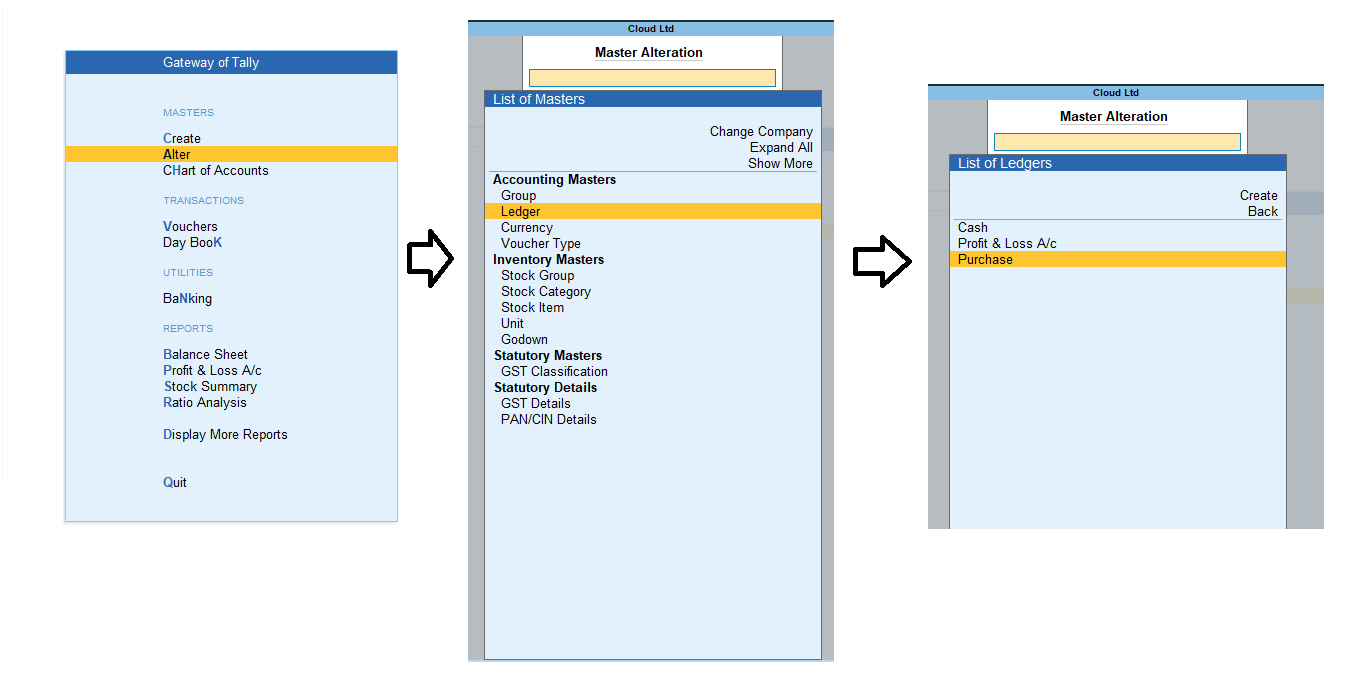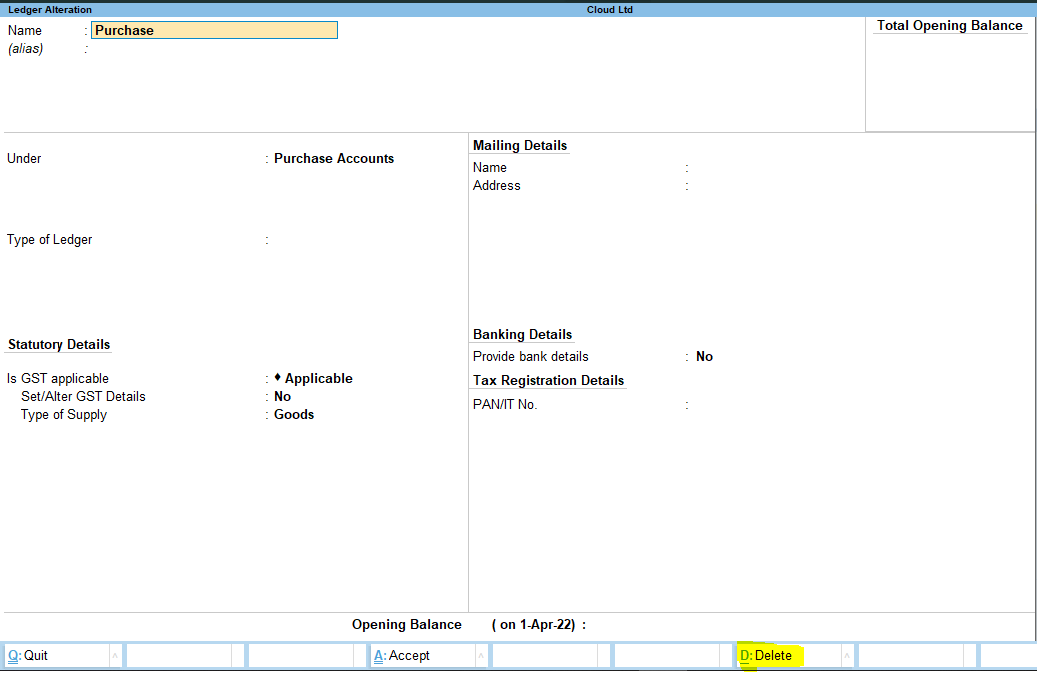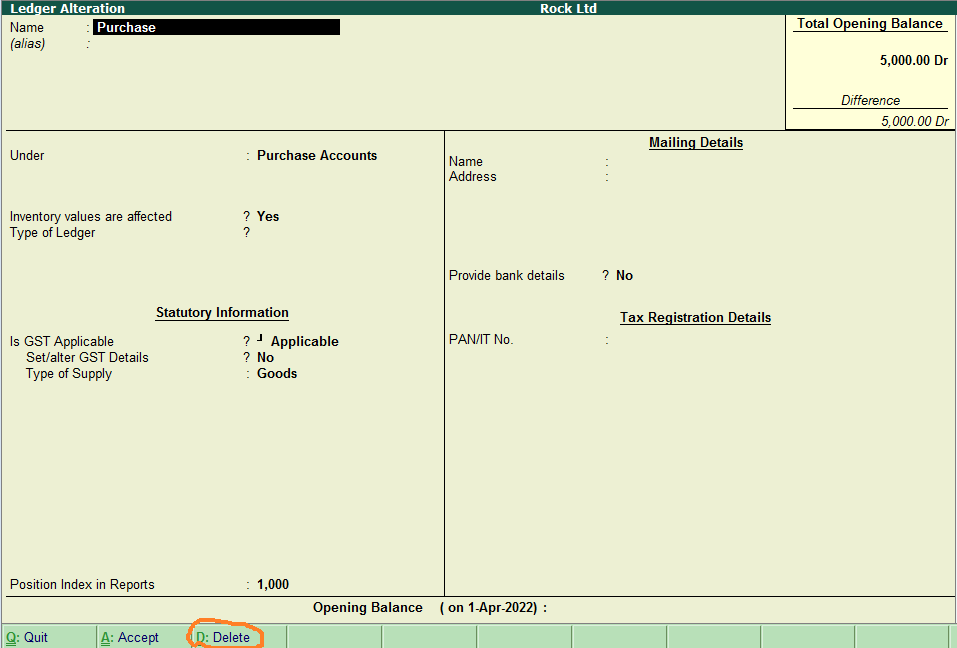A. For a certain given period B. At a particular point of time C. After a fixed date D. None of the above
Interviews can appear daunting. But don't worry we are here for you. Here is a comprehensive list of journal entries and other technical and behavioral questions mostly asked in interviews. Journal entries for the following situations are most frequently asked: A cashier is absconding with cash wortRead more
Interviews can appear daunting. But don’t worry we are here for you. Here is a comprehensive list of journal entries and other technical and behavioral questions mostly asked in interviews.
Journal entries for the following situations are most frequently asked:
- A cashier is absconding with cash worth 10,000.
- Bad debts worth ₹10,000 have been recovered.
- The Head Office received ₹ 5,000 from its Branch.
- Issue of bonus shares worth 5,00,000
- Depreciation on land
- Contra Entries
- Inventory used for personal purposes
- Personal car transferred to inventory
Besides these, there are certain general questions that are almost always asked. You must be well prepared for these questions. For example,
- Introduce yourself
- Why do you want to join this company?
- Why do you not want to join our competitors? ( prepare one or two specific competitors)
- Why do you think you are fit for this role?
Behavioral Questions
Behavioral questions seek to evaluate your personality and access how you would act or react in certain situations.
Here are some of the most frequently asked behavioral questions:
- Tell me about an experience where you faced stress and how you handled it.
- How do you react when team members do not agree with you?
- How do you react when you do not agree with the team leader?
- What is the biggest challenge that you have ever faced in your life and how did you handle it?
- Tell me about a time when you had to take a leadership role.
- Tell me about a time when you took initiative.
- Tell me about a time when you failed and how you handled it.
- Tell me about a time when you used your problem-solving skills
- Tell me about the biggest mistake you have committed in life.
- Tell me about your strengths and weaknesses.
- Have you ever worked with a team before?
- Where do you see yourself in 5 years?
- Tell me about the biggest mistake you committed in your life.
Technical questions
Technical questions are those that test your academic knowledge of accounting. They intend to assess your conceptual understanding and clarity of the subject. Here’s a list of technical questions related to accounting most frequently asked in interviews:
- What is working capital?
- What is AS 1? ( Prepare all AS)
- What is the P/E ratio?
- A company takes a loan of ₹5,00,000 to buy an asset. State the impact on the cash flow statement and balance sheet.
- A company issues debentures worth ₹10,00,000. State the impact on the cash flow statement and balance sheet.
- What is the difference between a trial balance and a balance sheet?
- Differentiate between dormant and inactive accounts.
- What is Acid-Test Ratio?
- How can we estimate bad debts?
- How can a company improve its market capitalization?
- What is GAAP?
- Why do we need AS?
- What are fictitious assets?
- What is the difference between provision and reserve?
















The correct option is Option (b) at a particular point of time. A balance sheet discloses the financial position of an entity at a particular point of time. The particular point of time is generally the last date of an accounting year. Most of the business concerns follow an accounting year ending oRead more
The correct option is Option (b) at a particular point of time.
A balance sheet discloses the financial position of an entity at a particular point of time. The particular point of time is generally the last date of an accounting year. Most of the business concerns follow an accounting year ending on 31st March and prepare their balance sheet as at 31st March.
By financial position, it means the value of assets and liabilities of the entity. As an entity may enter into monetary transactions every day, the values of the assets and liabilities may also vary every day. Hence, to prepare the balance sheet of an entity, a particular point of time is to be chosen which is generally the last date of an accounting year
Option (a) for a given period of time is incorrect.
It is because the values of assets and liabilities of concern may differ daily, a balance sheet cannot be prepared to disclose the financial position of an entity for a given period of time.
The statement of profit or loss is prepared for a given period of time as it discloses the overall performance of an entity for a given period of time.
Option (c) after a fixed date is also incorrect.
The phrase, “after a fixed date” does not indicate a particular point of time. It may mean any day after a fixed date. For example, if there is an instruction to prepare a balance sheet that discloses the financial position of a concern after 30th March, it may mean 31st March, 1st April or any day thereafter.
As we know that a balance can be prepared for a particular point of time, this option seems wrong.
Option (d) None of these is incorrect too as Option (b) is the correct one.
See less